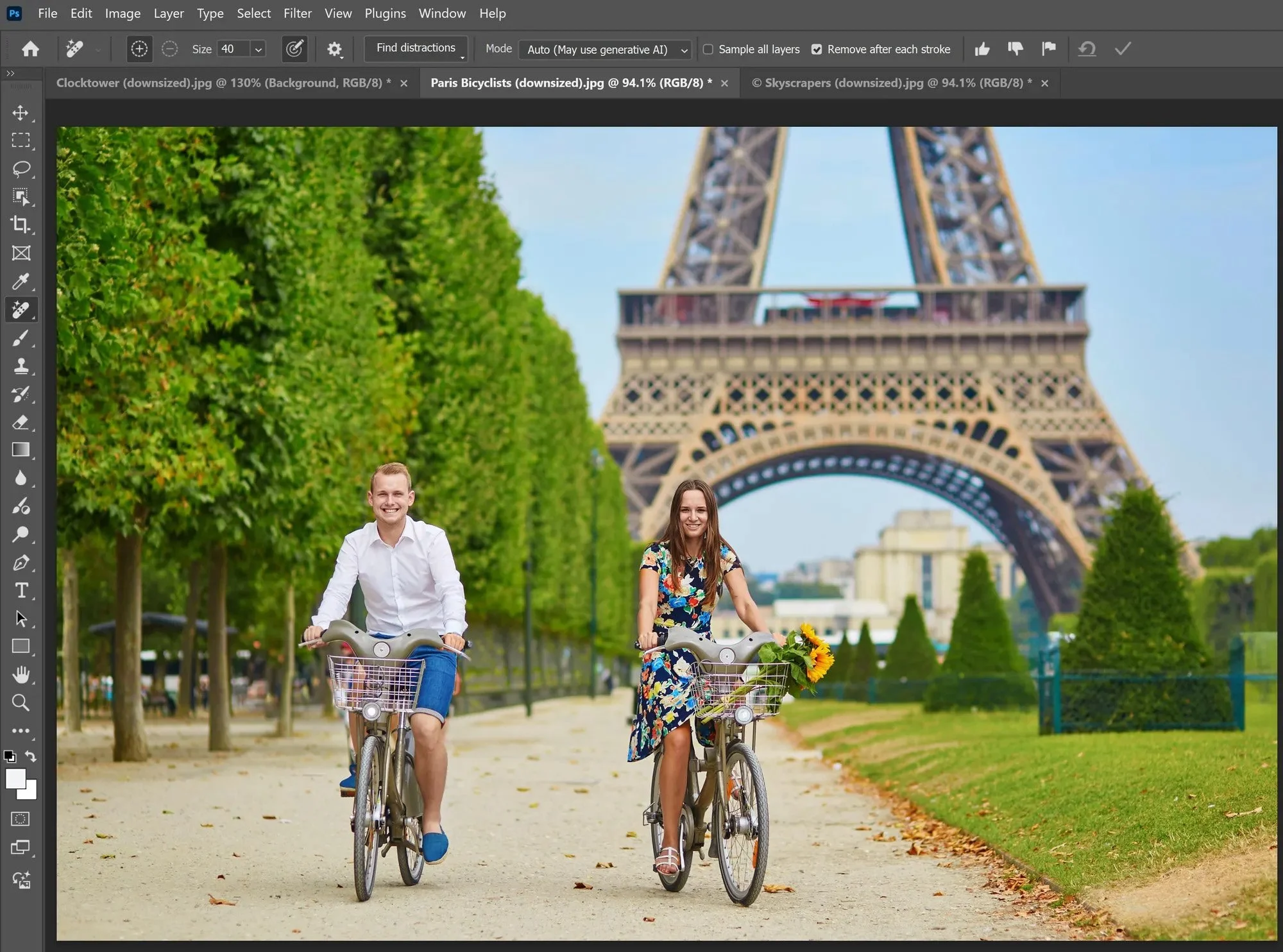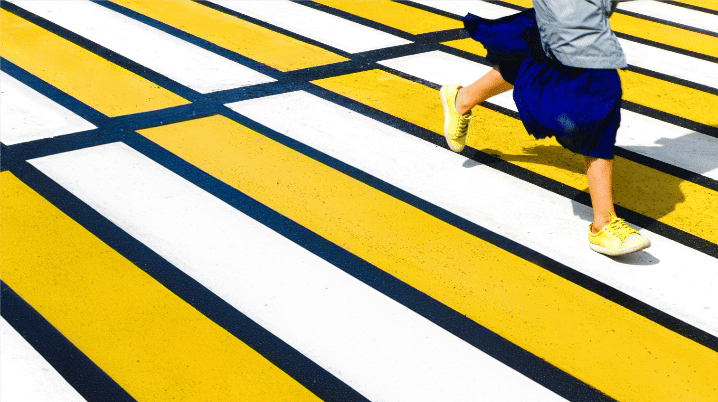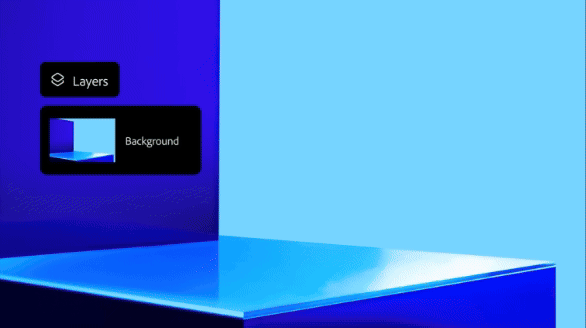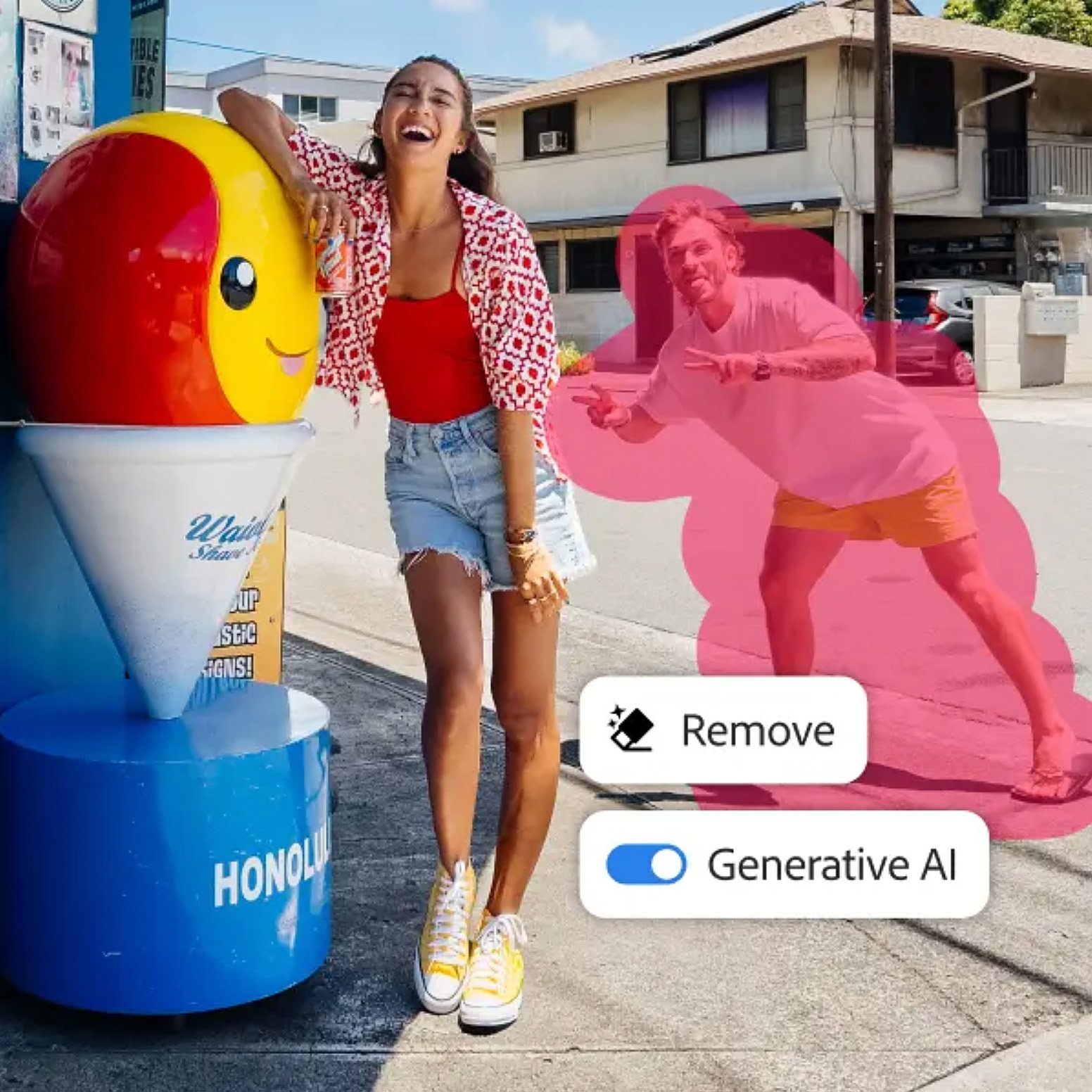Adobe MAX 2024: Photoshop’s Latest AI-Powered Update Boosts Speed, Precision, and Creativity
Image Source: Adobe
Adobe has unveiled a groundbreaking update to Photoshop at this year’s Adobe MAX conference, bringing faster and more precise tools powered by advanced AI. With a strong focus on improving core design workflows, Adobe aims to make Photoshop more intuitive and creative, allowing users to achieve professional results effortlessly. Let’s explore the latest innovations in this update.
Image Source: Adobe
Enhanced Distraction Removal: Simplified Editing for All
Photoshop’s popular Remove Tool has taken a major leap forward, now capable of automatically eliminating common distractions such as people, wires, and cables with just one click. Available on both the desktop app and Photoshop on the web, this upgrade makes retouching and cleaning images easier than ever.
Image Source: Adobe
Architectural Designers can clean up city scenes by removing unwanted objects, like wires and pedestrians, making the focus entirely on architectural details.
Travel Bloggers can seamlessly remove tourists from scenic shots.
Wedding Photographers can clear background clutter, enhancing the overall appeal of their captures.
Image Source: Adobe
However, professional photographers should be cautious about over-relying on AI-determined "distractions". It's crucial to use personal judgment to decide whether certain elements actually detract from the photo or add to its storytelling. Sometimes, what may seem like a distraction to AI could contribute to the depth and narrative of the image.
Adobe Firefly: Accelerating Creative Workflows
Adobe Firefly has been integrated into the Remove Tool to provide more precise results. Users can now choose between generative and traditional AI modes to ensure optimal outcomes for specific edits.
In addition, the new Firefly Image 3 Model powers enhanced features like Generative Fill, Generative Expand, and Generate Similar. This model offers improved photorealism, better comprehension of complex prompts, and a wider variety of results, enabling greater creative exploration.
Image Source: Adobe
However, professional visual artists should use Generative Expand cautiously to avoid misrepresenting reality, unless it's explicitly indicated that the image is not intended to be a realistic photo representation. Transparency is key to maintaining credibility in creative projects that leverage AI-generated elements.
Generative Fill & Expand: New Horizons for Creative Edits
With Generative Fill, creators can add or remove elements within images using simple text prompts, resulting in realistic modifications. The improved AI ensures appropriate lighting, shadows, and perspective, making edits blend naturally with the original content.
The Generative Expand feature allows users to extend their images seamlessly. Whether resizing for social media or filling in rough edges of panoramas, the results are smoother and more photorealistic than ever.
Content Creators can generate imaginative backgrounds, from whimsical scenes to surreal landscapes.
Digital Designers can expand the canvas to create space for text overlays or generate additional content to complete a layout.
Image Source: Adobe
In a trial test, the generated content performed well in simulating the lighting and tone, blending effectively with the original elements. However, there is still room for improvement, as it falls short of true photorealism upon closer inspection of every part of the image.
Object-Based Editing: Precision Made Easy
Photoshop on the web now offers Object-Based Editing, automatically selecting all the elements within an image. This AI-driven capability enables more precise editing, giving creators greater control over their projects.
Image Source: Adobe
New Beta Features: Exploring New Dimensions
Adobe has launched several beta features to further streamline creative workflows:
Generative Workspace: The new Generative Workspace in Photoshop's beta app empowers users to explore multiple concepts simultaneously. Creators can experiment with different styles, colors, and elements in a single workflow, all while curating ideas effortlessly.
Image Source: Adobe
Adobe Substance 3D Viewer: The Substance 3D Viewer (beta) introduces a seamless workflow between 2D and 3D design. Users can now edit 3D models directly within Photoshop as Smart Objects, allowing for efficient creation of marketing assets, product mockups, and event layouts without the need for multiple software tools.
Image Source: Adobe
New Capabilities in the Desktop App
Adobe’s latest release also includes several features specifically aimed at meeting the needs of creatives in specialized fields:
OpenColor IO (OCIO) for VFX and film, enhancing color accuracy across programs.
Expanded 32-bit workflow support, maintaining image fidelity for HDR projects without downscaling.
Generative Expand in Adobe Camera Raw (early access), allowing users to fill in edges and adjust aspect ratios seamlessly.
Adobe Adaptive (beta) in Adobe Camera Raw, enabling advanced rendering for landscapes, architecture, and high-contrast scenes.
Source: Adobe





















